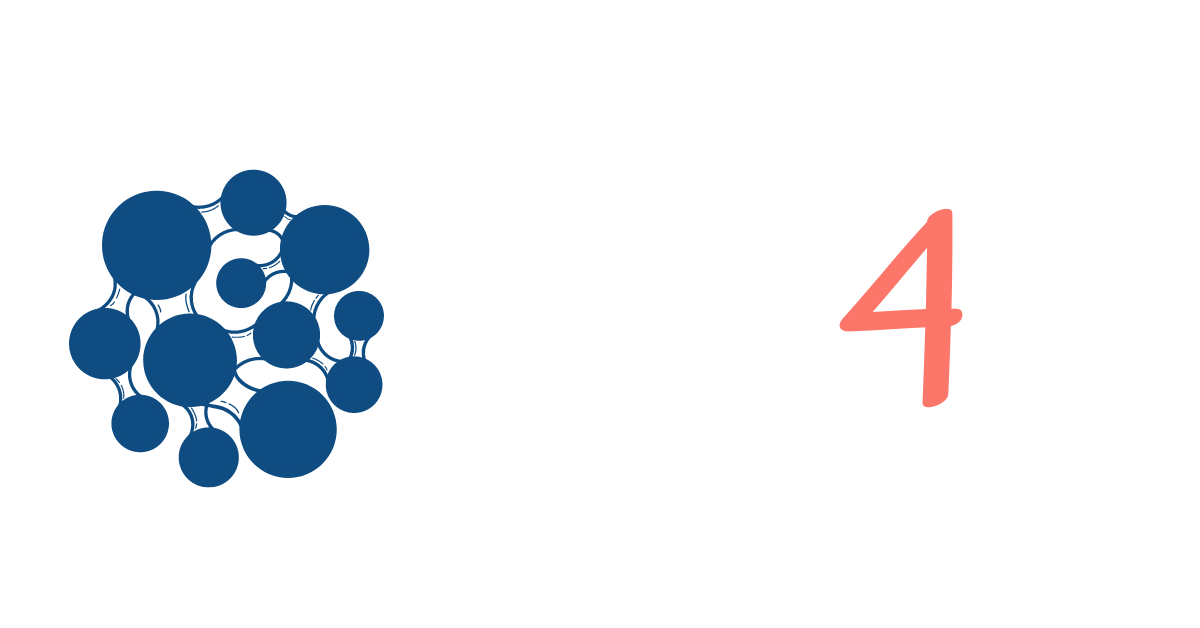Bioceramics 32
The International Society for Ceramics in Medicine (ISCM) organised the Bioceramics 32, the 32nd Symposium and Annual Meeting of ISCM, 20–23 September 2022 in Mestre (Venice, Italy). The conference which hosted material scientists, industry representatives and clinicians from all over the world, offered a unique opportunity to participate in a highly trans-disciplinary event covering the development and application of ceramic-based systems.
Within the framework of this conference, the NMBP-15 EU project ASINA organised its 1st Stakeholder Workshop “Safe-and-Sustainable-by-Design (SSbD) paradigms applied to (nano)materials”. It aimed to provide an overview of the different S(S)bD tools currently developed in several EU-funded projects and to identify their specific key features and applicabilities. Europe’s top nanosafety and Safe-by-Design (SbD) experts, representing different research projects, participated in the session chaired by ASINA’s coordinator, Anna Costa. Our project coordinator Carlos Fito(ITENE) represented SbD4Nano.
The EU-funded NMBP-15 and -16 projects aim to deliver integrated approaches to implement Safe-and-Sustainable-by-Design nanotechnologies. This aim is to be achieved through relevant case studies and developing e-infrastructures. The e-infrastructures support and facilitate decision-making when weighing criteria along the lifecycle of a nanomaterial (including its complex form and once integrated into nano-enabled products). The factors include technological and regulatory requirements, health and environmental impacts, and economic factors.
In this workshop, all NMBP-15 and -16 projects presented their S(S)bD approach, tools under development and specific industrial case studies. Besides that, the session covered the latest developments in sustainable nano-fabrication and planned activities to set up an international SSbD infrastructure. A talk by JRC and OECD covered the regulatory perspective, highlighting, among others, a newly developed early warning system for advanced materials. The workshop offered an opportunity to discuss the latest developments in S(S)bD among experts and identify the next steps and activities to maximise synergies between the projects. A roundtable discussion facilitated the exchange of different views around life cycle dimensions and all NMBP-15 and -16 S(S)bD tools, emphasising their “by design” component, assessment function, main inputs and outputs and key strengths. The EU NanoSafety Cluster working group “Innovation and Safe(r)-by-Design” will refine this table in the coming months.
Consult the whole program of BioCeramics32 here, and the book of abstracts here.
